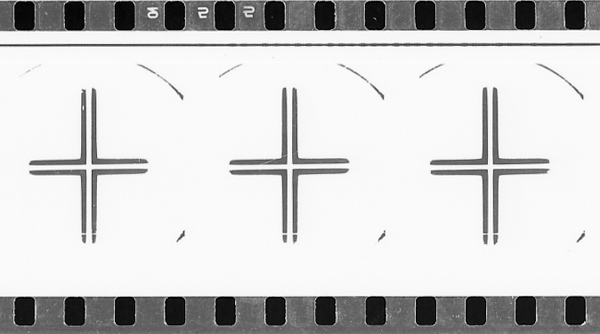Synopsis
Vong Phaophanit showed his strikingly seductive
Neon Rice Field when he was nominated for the Turner Prize in 1993. Like much of his rich and complex work since then, this installation exhibits a strong interest in language and light, in the painterly qualities of ephemeral materials and in ideas of cultural displacement. He was born in Laos, educated in France and has worked mostly in Britain since the early 1990s. Much of his work now is commissioned for architectural and environmental settings, including
Outhouse in Liverpool. Created like many of his large-scale sculptures with fellow artist
Claire Oboussier, this is a transparent glass house (with opaque windows) which serves as a flexible social space for the people who live in the surrounding tower blocks. In this profile, the artist reflects on his public work and his more private "studio" art, including his engaging series of perforated objects. He also discusses his most recent project,
Life Lines, produced with
Claire Oboussier in 2006 for Southend-on-Sea. Using cutting-edge electronic technology,
Life Lines is an interactive light sculpture that responds to movement, sound, air pressure, humidity, light and wind, to reflect its ever-changing coastal environment.

